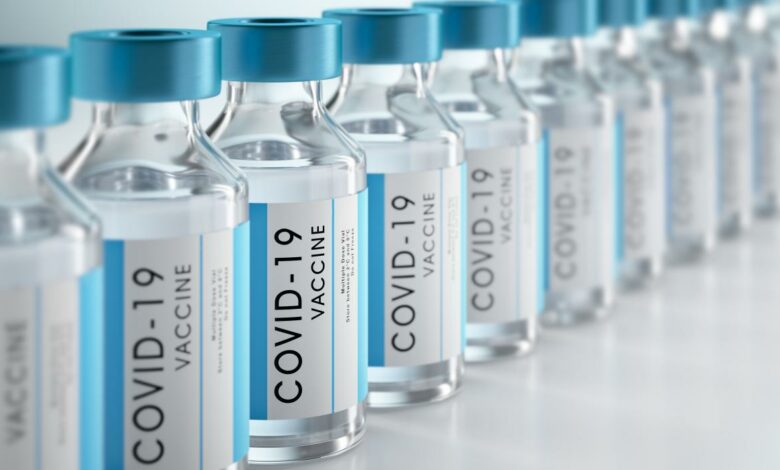COVID-19 Vaccine Is Coming, So Who Will Get It First?

After nine months of chaos and the death of more than 1 million people worldwide, we may soon have a vaccine for the deadly coronavirus. With the development of as many as 150 vaccines (nearly 40 are in late-stage clinical trials), a coronavirus vaccine is expected to be launched by the end of this year, however, most experts believe that we will receive the vaccine only in mid-2021.
Vaccination is one thing, and the distribution of vaccines is another. At least in the early days, there will not be enough doses for everyone, and this raises the question of who should be vaccinated first. Even if we reach a consensus on a goal, such as saving as many lives as possible, there may not be an obvious answer. Vaccinating the most vulnerable may make sense for the virus because almost all deaths occur in the age group of 65 years and above.
However, pandemics work in counterintuitive ways and contain subtle details of how viruses or vaccines affect different people who carry huge weights. Modeling studies have shown that focusing resources on those who are most likely to spread the virus (for example, young people and children) can also bring many benefits. Before getting a vaccine, we need to do more research to study how to best deploy it.
Experts have developed draft guidelines for early vaccine deployment. An advisory group of the World Health Organization recommends focusing on protecting older and more vulnerable people, fundamental health care workers, and groups in densely populated urban environments.
In a report released on Friday, the National Academy of Sciences, Engineering and Medicine provided a framework for the fair distribution of any vaccine. It emphasizes basically the same, adding it to the WHO’s team list of workers in important industries such as food and public transportation.
These guidelines mainly focus on the use of vaccines to protect people who are targeted by the virus, rather than the use of vaccines to slow the spread of the virus. But it also helps: the less the virus spreads, the less that vulnerable people need to protect. In fact, under the right conditions, some epidemiological studies have shown that vaccinating the most vulnerable population may not be the right choice.
A model study published in 2009 studied influenza vaccination strategies and concluded that the best policy depends on many aspects, considering various measures including death and economic costs.
If the vaccine is only effective to a certain extent, immunizing only about 50% of the vaccine, then the best way is to focus on the most vulnerable population.
If the vaccine is less effective, even vaccinating most people, it cannot prevent the continued spread of the virus, so the vulnerable people need direct protection.
In research, how much vaccine is available is also an important matter. In the case of a few available doses, it is best to vaccinate the most vulnerable people. If there is a sufficient dose to vaccinate a certain percentage of the population, then it is a better idea to target the spreaders, because the level of immunity achieved can eliminate the spread of the virus, although the section required depends on how easily the virus is transmitted.
This study is for influenza, not for the COVID-19 disease, so its conclusions are only suggestive. Even so, it used data from the 1918 and 1957 influenza pandemics for comparison. The latter’s pandemic was more like the coronavirus, and the death toll was heavily biased towards the elderly. In that case, the researchers found that the best strategy targeted the most vulnerable communities, while also assigning vaccines to young people and children to reduce the spread of the virus.
As far as we know, no one has published similar studies on the current coronavirus. There are other studies that indicate that stopping the spread of the virus should probably be part of any vaccine distribution. For example, recently German physicists used statistical models to argue that focusing vaccination efforts in current hot spots (such as specific cities) could be greatly beneficial.
If good testing data are available and it can be used for targeting vaccination in areas where the virus is spreading rapidly, they estimate that the total number of deaths in an epidemic outbreak can be reduced by about half.
Of course, this is just a mathematical model. But this is very similar to earlier research on influenza: it is important to stop transmission, whether it focuses vaccination on the actual location of the spread or specific social groups.
Protection is only part of vaccination. Much will depend on the nature of the early vaccines we have. But it seems that the best way to stop the virus will not be limited to the most vulnerable people. We will need more sophisticated methods to identify the places and groups of people where the virus finding is most useful for multiplying its numbers.




